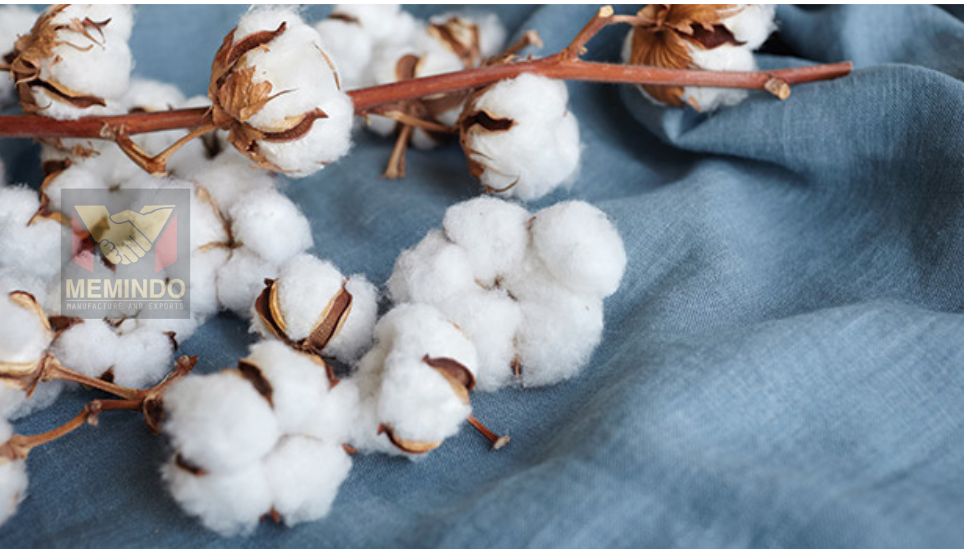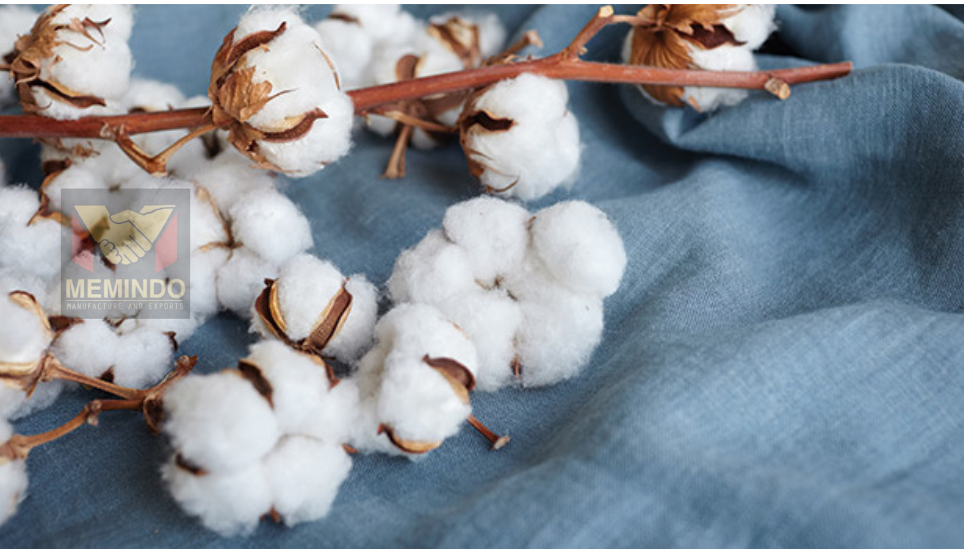
Kapok: The Unsung Hero of Biomimicry and Cutting-Edge Innovation
The kapok tree (Ceiba pentandra) has long been known for its soft, buoyant fibers, commonly used in mattresses, pillows, and even life vests. However, this humble tree is now emerging as a biomimetic marvel, offering a treasure trove of possibilities that could influence future technologies ranging from aerospace to nano-materials. Once relegated to traditional uses, kapok is being rediscovered as an inspiration for bio-inspired innovation—proving that nature’s designs, often hidden in plain sight, could be the blueprint for the next generation of sustainable technologies.
1. The Biomechanics of Kapok: A Microstructure Masterpiece
At the heart of kapok’s exceptional qualities lies its unique fiber microstructure. Kapok fibers are hollow, lightweight, and highly flexible, properties that make them buoyant and resilient. These characteristics, though useful in everyday applications like cushion filling, are also of great interest to material scientists and biomimicry researchers.
What makes kapok truly special is its hollow microfibrillar structure, which is similar to the way some biological tissues, such as bones and vascular systems, are designed to maximize strength while minimizing weight. This phenomenon, known as “lightweight structural optimization”, is of particular interest in aerospace and nanotechnology, where minimizing weight without compromising strength is critical.
Scientists have begun studying the kapok fiber’s unique cellular structure to develop new lightweight, high-strength materials. By mimicking kapok’s hollow, air-filled fibers, engineers are exploring ways to create aerospace materials that are incredibly strong but incredibly light. This innovation could be a game-changer for everything from spacecraft construction to the next generation of sustainable, low-energy transportation systems.
2. Kapok in Aerospace: A Natural Cushion for Space Travel
In recent years, bio-inspired materials have been making waves in aerospace engineering, and kapok’s properties could play a pivotal role in advancing this field. Kapok fiber’s high compressibility and resilience are key features that are drawing attention from aerospace manufacturers.
NASA and other space agencies are exploring the possibility of using kapok’s buoyant and insulating properties in the design of space suits and spacecraft insulation. Traditional materials used in these areas are often bulky and energy-intensive to produce. In contrast, kapok is light, environmentally friendly, and biodegradable, making it an ideal candidate for more sustainable space exploration.
Kapok could be used as thermal insulation on spacecraft, where its hollow fibers could serve as a natural means to trap heat. In the future, space travelers might wear bio-fabric suits lined with kapok fibers, providing warmth and buoyancy without relying on synthetic, environmentally damaging materials.
Furthermore, the flexibility and impact-resistance of kapok could be harnessed to improve landing gear and crash protection systems in aerospace. Just as kapok cushions and insulates products on Earth, it could be integrated into spaceships to minimize shock impacts during landings or in the event of an emergency, offering an eco-friendly alternative to high-tech synthetics.
3. Kapok and the Future of Smart Textiles: The Biofiber Revolution
The advent of smart textiles—fabrics embedded with sensors, conductive materials, and other technologies—has revolutionized how we think about clothing and industrial fabrics. Kapok’s lightweight insulation and high buoyancy make it an excellent candidate for the development of biofiber-based smart textiles.
Imagine clothing designed for extreme environments that not only insulates and keeps the wearer comfortable but also responds dynamically to changes in temperature, pressure, or movement. Researchers are exploring the potential of combining kapok with nano-materials and conductive fibers to create textiles capable of self-regulation. This could lead to adaptive clothing for military, space exploration, or outdoor sports that reacts in real-time to environmental conditions, providing warmth when needed or cooling effects in hotter climates.
Furthermore, kapok fibers could be integrated into wearable technology. Imagine shirts or jackets equipped with bioelectric sensors that monitor health metrics, or temperature-responsive fabrics that use the fiber’s natural qualities to regulate body temperature without relying on external power sources. As a sustainable material, kapok could play a significant role in the future of smart, eco-conscious wearables.
4. Kapok’s Potential in Water Purification and Pollution Control
In addition to its use in textiles and aerospace, kapok fiber is also being explored for its environmental impact. The fiber’s absorbent nature and resilience make it an intriguing candidate for environmental cleanup technologies, especially in areas of water purification and oil spill management.
Kapok fibers are capable of absorbing up to five times their weight in oil, a property that makes them a natural sponge for cleaning up oil spills in marine environments. Unlike synthetic fibers, which are often harmful to ecosystems, kapok is biodegradable and non-toxic, making it a safer, more sustainable option for cleaning polluted waters.
Additionally, researchers are investigating the use of kapok in filtration systems to purify water. The hollow nature of kapok fibers could be leveraged to create biofilters that remove contaminants from water in a natural, low-cost manner. With clean water becoming an increasingly precious resource in many parts of the world, using kapok as a filtering agent could be a game-changer in sustainable water management systems.
5. Kapok and the Bio-Based Economy: Moving Beyond Petrochemicals
In the broader context of the bio-based economy, kapok presents an exciting alternative to petrochemical products. As global industries push to reduce their reliance on fossil fuels, kapok’s renewable and biodegradable properties position it as a key material in creating products that are both environmentally friendly and economically viable.
Beyond its use in insulation, clothing, and environmental cleanup, kapok could be used in the production of bioplastics and bio-composites for construction materials, electronics, and packaging. By incorporating kapok into these products, companies can reduce their dependence on non-renewable resources and create more sustainable product lines.
For example, biodegradable packaging made from kapok fibers could replace plastic in industries such as food packaging and e-commerce, contributing to a significant reduction in plastic waste. In construction, kapok-based bio-composites could offer a sustainable alternative to traditional materials like concrete or fiberglass, which are energy-intensive to produce.
6. Challenges and Future Prospects: Scaling Kapok Innovation
While the potential of kapok is vast, there are still challenges to overcome in scaling up its use in modern technologies. One of the main hurdles is the labor-intensive process of harvesting kapok fiber, as well as the difficulty in processing it into materials that can be used on an industrial scale. However, with ongoing research into automated harvesting methods and more efficient fiber processing technologies, the widespread use of kapok in advanced materials seems more likely than ever.
As industries and researchers continue to explore bio-inspired technologies, kapok’s role is poised to grow. By looking to nature for innovation, we can tap into an incredible source of potential solutions to some of the world’s most pressing challenges.
Conclusion: The Future of Kapok is Now
Kapok may have started as a humble tree providing light, buoyant fiber, but its potential to influence the future of technology, materials science, and environmental sustainability is enormous. From aerospace to smart textiles, bioremediation, and even the future of bio-based economy, kapok is emerging as a biomimetic material that could redefine industries across the globe. By embracing kapok’s natural brilliance, we might just find the key to a more sustainable, efficient, and innovative future.
Contact us :
☎️ : +6285933133244
📍 : Jl.Ir Soekarno, No.122, Dadaprejo, Junrejo, Kota Batu 65323


[…] Kapok fiber, derived from the seed pods of the Ceiba pentandra tree, possesses a unique hollow microfibrillar structure. This design offers exceptional insulation, buoyancy, and lightweight properties. Such characteristics are inspiring innovations in fields like aerospace, smart textiles, and bio-composites, positioning kapok as a sustainable alternative to synthetic materials. kapokfibersuppliers.com+1kapokfibre.com+1 […]